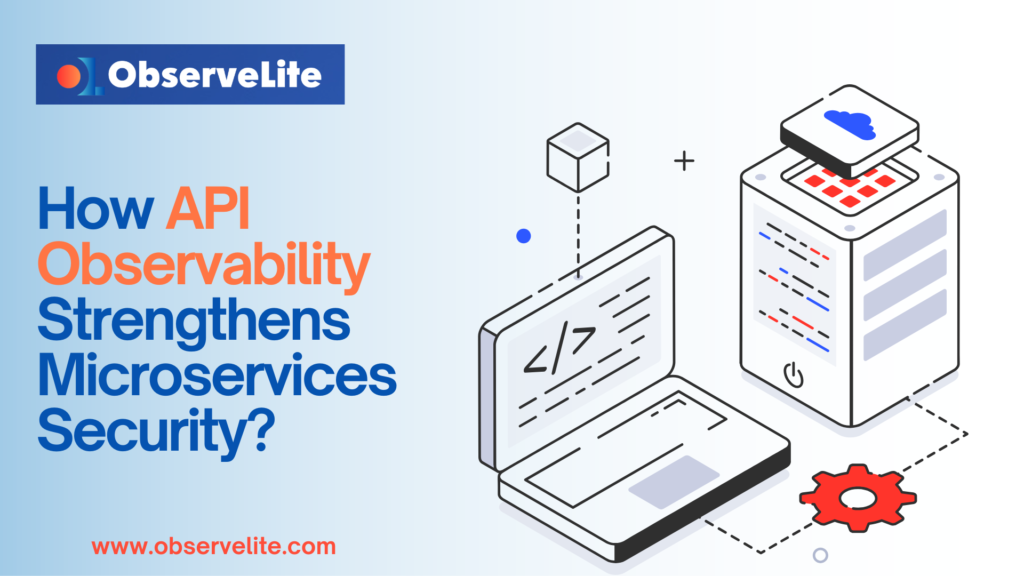Microservices architecture has become the backbone of modern software development. Developing applications into smaller, independent services, businesses can build and deploy features faster and more efficiently. However, this flexibility comes with its own set of challenges—especially when it comes to securing these services. APIs, the connectors that enable microservices to communicate, play a critical role but also create new vulnerabilities if not managed properly.
API observability steps in as a practical solution, offering better visibility into how these services interact and identifying security risks in real-time.
Why Securing Microservices Is So Challenging
Microservices rely on APIs for communication, making them highly interconnected. This interconnectedness introduces several security risks that were less common in older, monolithic systems:
- Expanding Entry Points
Every API is an entry point into the system. The more the microservices, the larger the attack surface grows, making it easier for attackers to find weak spots. - Managing Access Across Many Services
Ensuring only authorized users or systems can access each API is challenging when there are hundreds—or even thousands—of them. Keeping track of access controls can become a logistical headache. - Data Sensitivity
APIs often handle private or sensitive data. A breach in just one service can expose critical information to unauthorized users, potentially causing significant harm. - Constant Change in Dynamic Environments
Microservices are often deployed in environments that scale up or down based on demand. These environments are complex and ever-changing, making traditional security measures difficult to apply. - Lack of Visibility
With so many services interacting, it’s hard to understand what’s happening across system. Without proper tools, detecting and addressing potential security issues quickly can feel like finding a needle in a haystack.
What Is API Observability?
API observability provides a clear window into how APIs are performing and behaving. It doesn’t just track whether APIs are up or down—it gives detailed insights into their health, activity, and interactions. By capturing data such as request patterns, error rates, and response times, API observability helps teams identify unusual behaviors that could signal a problem.
How API Observability Improves Security
API observability isn’t just about keeping system running smoothly; it’s a powerful tool for identifying and addressing security risks. Here’s how it makes a difference:
- Spotting Threats Early
By continuously monitoring API activity, it can detect unusual behaviors, like repeated login attempts or large data transfers, that might indicate an attack. Early detection allows teams to act quickly and prevent further damage. - Detailed Records for Better Investigations
When something goes wrong, knowing exactly what happened is critical. Observability tools create a detailed record of API activity, making it easier to trace the source of a breach or issue. - Ensuring Strong Access Controls
With observability, one can see who’s accessing APIs, when, and how. This helps ensure only the right people or systems have access, reducing the risk of unauthorized activity. - Simplifying Complex Systems
API observability gives a clear picture of how all services are interacting. By understanding these relationships, one can better secure the connections between services and reduce blind spots. - Proactive Problem Solving
Observability isn’t just about reacting to issues. By analyzing trends and patterns over time, you can identify potential vulnerabilities before they become problems, helping to keep your system one step ahead of threats.
How ObserveLite Supports API Observability
At ObserveLite, we recognize that keeping microservices secure requires more than just good intentions—it requires the right tools and strategies. Our API observability solution helps businesses stay on top of their microservices security by providing actionable insights and full visibility into system activity.
Here’s what ObserveLite brings to the table:
- Real-Time Monitoring
Our platform tracks API activity in real-time, alerting you to potential risks before they escalate. - User-Friendly Dashboards
We make it easy to understand what’s happening across your system with clear, intuitive dashboards. - Seamless Integration
Whether your services are hosted on the cloud or on-premises, ObserveLite integrates smoothly with your existing infrastructure. - Scalable for Growth
As your microservices architecture grows, our solution scales with it, ensuring consistent performance and security.
Best Practices for Using API Observability to Secure Microservices
- Focus on Critical APIs First
Start by monitoring the APIs that handle sensitive data or play a crucial role in your operations. This ensures your most important services are protected. - Create Clear Access Policies
Use observability tools to enforce and monitor strict access controls, reducing the risk of unauthorized use. - Automate Where Possible
Set up automated alerts to flag unusual behaviors, saving your team time and allowing for faster responses. - Keep Learning from Data
Regularly review the insights provided by your observability tools to improve your system’s security over time. - Collaborate Across Teams
Security isn’t just the responsibility of one department. Share insights from your observability platform with development and operations teams to build a more secure system together.
Microservices bring incredible flexibility and efficiency to software development, but they also introduce new security challenges. API observability offers a practical way to tackle these challenges by providing the visibility and insights needed to keep your system secure.
At ObserveLite, we believe security shouldn’t be a guessing game. Our API observability tools are designed to give businesses the clarity and confidence they need to protect their systems and data. Whether you’re just starting with microservices or managing a large-scale architecture, we’re here to help you stay secure and focused on growth.


